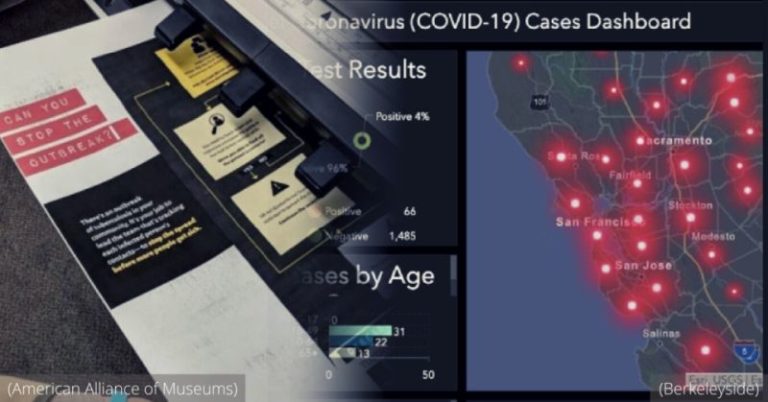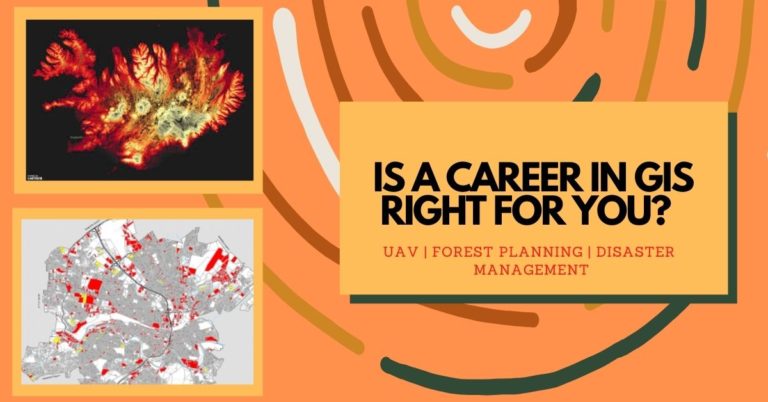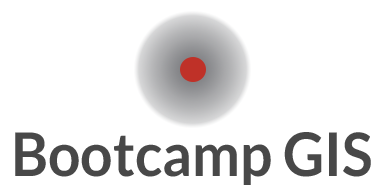When searching for Jobs in GIS (Geographic Information Systems), you can follow these steps:
1. Enhance your GIS skills:
Make sure you have a strong foundation in GIS concepts and tools. Familiarize yourself with popular GIS software such as ArcGIS, QGIS, or MapInfo. Acquire relevant skills like spatial analysis, data visualization, and database management.
2. Build a portfolio:
Create a portfolio showcasing your GIS projects and highlighting your abilities. Include maps, data visualizations, and any other relevant work that demonstrates your GIS expertise. Share your portfolio online on platforms like GitHub or create a personal website.
3. Gain practical experience:
Look for opportunities to gain hands-on experience with GIS. This can be done through internships, volunteering, or freelance projects. Working on real-world projects will help you develop practical skills and demonstrate your ability to apply GIS to solve problems.
4. Network with GIS professionals:
Attend GIS conferences, workshops, and local meetups to connect with professionals in the field. Join online communities, forums, and social media groups related to GIS. Networking can help you stay informed about job openings and provide valuable connections and insights.
5. Research potential employers:
Identify companies or organizations that use GIS extensively. Research their websites, job portals, and social media profiles to find out if they have any open positions related to GIS. Focus on industries like environmental management, urban planning, transportation, natural resources, or government agencies.
6. Customize your resume and cover letter:
Tailor your resume and cover letter to highlight your GIS skills and relevant experiences. Emphasize projects, coursework, and certifications that demonstrate your expertise. Use keywords specific to GIS to make your application stand out to employers.
7. Apply for GIS jobs:
Regularly check online job boards, company websites, and professional GIS organizations’ job portals for openings. Apply for positions that match your skill set and interests. Don’t limit yourself to full-time positions; consider part-time, contract, or freelance opportunities to gain experience.
8. Prepare for interviews:
Practice common GIS interview questions and be prepared to discuss your GIS projects and experiences. Showcase your problem-solving abilities and how you’ve applied GIS to tackle real-world challenges. Be ready to provide examples of your work and explain your decision-making process.
9. Continuous learning:
GIS is a rapidly evolving field, so stay updated with the latest trends and technologies. Consider pursuing additional certifications or taking online courses to expand your knowledge and stay competitive.
10. Stay persistent and proactive:
Job hunting can sometimes take time, so don’t get discouraged. Keep refining your skills, networking, and applying for opportunities. Consider reaching out directly to companies or organizations that interest you, even if they don’t have open positions advertised.
11. Conclusion
Remember that finding Jobs in GIS requires dedication, persistence, and continuous learning. By showcasing your skills, building a strong network, and actively searching for opportunities, you can increase your chances of securing a job in this field. Always remember to do your due diligence when taking the next step in pursuing a job by having the most polished portfolio. This will help ensure that you stand apart from your peers and employers notice you. If you are new to the market and searching for affordable and flexible programs, online certifications may be the right choice.








